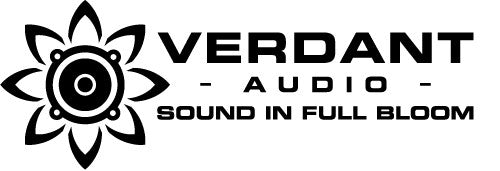Matched pairs are special order directly from Emission Labs. Typical delivery is within 4-8 weeks.
You must select whether you are looking for a standard or UX4 type base for this tube.
The EML AD1-mesh is a 15 Watt single Anode directly heated triode, electrically similar to 2A3, but AD1 works at 4Volt heaters and it has another base. Though it is electrically not identical, any existing 2A3 circuit diagram can be used, provided you have the 4 Volt heater voltage available.
One important feature of the EML AD1-Mesh, is the possibility to operate it at higher voltage than the historical tubes. Some historical tubes allowed the use above 250Volts, but not all. At higher Anode voltage, the AD1 turns into a tube with amazingly high efficiency, outdoing 2A3. However at the higher Anode voltage, it requires a higher impedance transformer.
AD1, the queen of European DHT triodes, was intended for large radios and cinema amplifiers. It was introduced just before the second world war, und during the war "big" radios and cinemas were no item. Already during the war, military small pentodes were made. Then after the war, the high need for new made radios ended the production of the AD1, before it had really started. The market required high quantities of small size, low cost tubes. It is not known how many AD1 were made, but estimated is 250.000 pieces. Also the AD1 socket type (P8) got obsolete, because it can only be connected to "wired" tubes, and not to tubes with the pins through the glass. This socket is amongst the best, ever made. It pulls the tube inside the socket, and it closes the chassis part like a lid, so not dust can get in. You need no tube retainers, the tube pins are extremely well self cleaning, and the chassis part can be accessed for cleaning with a cloth. It is a true high-end socket, and several military sockets were inspired on this technology later.
The electrical data of the Emission Labs ®AD1-mesh tube is almost identical to the original AD1, as made by Telefunken.The difference will be described here. All properties like Anode impedance, transconductance and tube bias are fully identical to the historical tubes. We like to mention here, that the historical tubes had a method to apply the cathode emissive layer, which was not the finest, as with modern tubes. By the historical method, the filament coating was applied by evaporating a depot of Barium inside the tube. When looking at earliest AD1, such as Telefunken, you will see the depot container in the middle of the Anodes. The result is, historical tubes could be made with very low filament current. This was important at those days, because radios operated from batteries. For the rest, there are some disadvantages of this historical method, which is lower lifetime, higher grid current, and high sensitivity for accidental abuse. However it was possible to build first class tubes this way, but we think only Telefunken had this process fully under control. They used chemicals which are forbidden now. Production of modern tubes, is done with classical Barium Oxide coating, which requires more filament current, but enables tubes with more lifetime, and also some accidental abuse will not damage the tube immediately. In short, the difference with EML AD1-mesh is, that it uses more filament current than the historical tubes, and for this the tube rewards you with longer lifetime and higher reliability.
Sound Character of the AD1-mesh
The higher heater voltage of 4 Volts, is also the source of another sound. This effect is only so with directly heated tubes. The AD1 sounds less dominant, more silky than 2A3. It can be said that all 4Volts DHT from the 1930's 1940's have very high collector's value, much higher than 2.5 Volts tubes have ever achieved.
Let me quote Rainer zur Linde, who wrote several books in German language about historical tubes: "AD1 is the highlight of European DHT triodes, and also marks the end of the period of DHT tubes manufacturing". Perhaps there is no better way to describe this tube.
- Choosing a selection results in a full page refresh.






